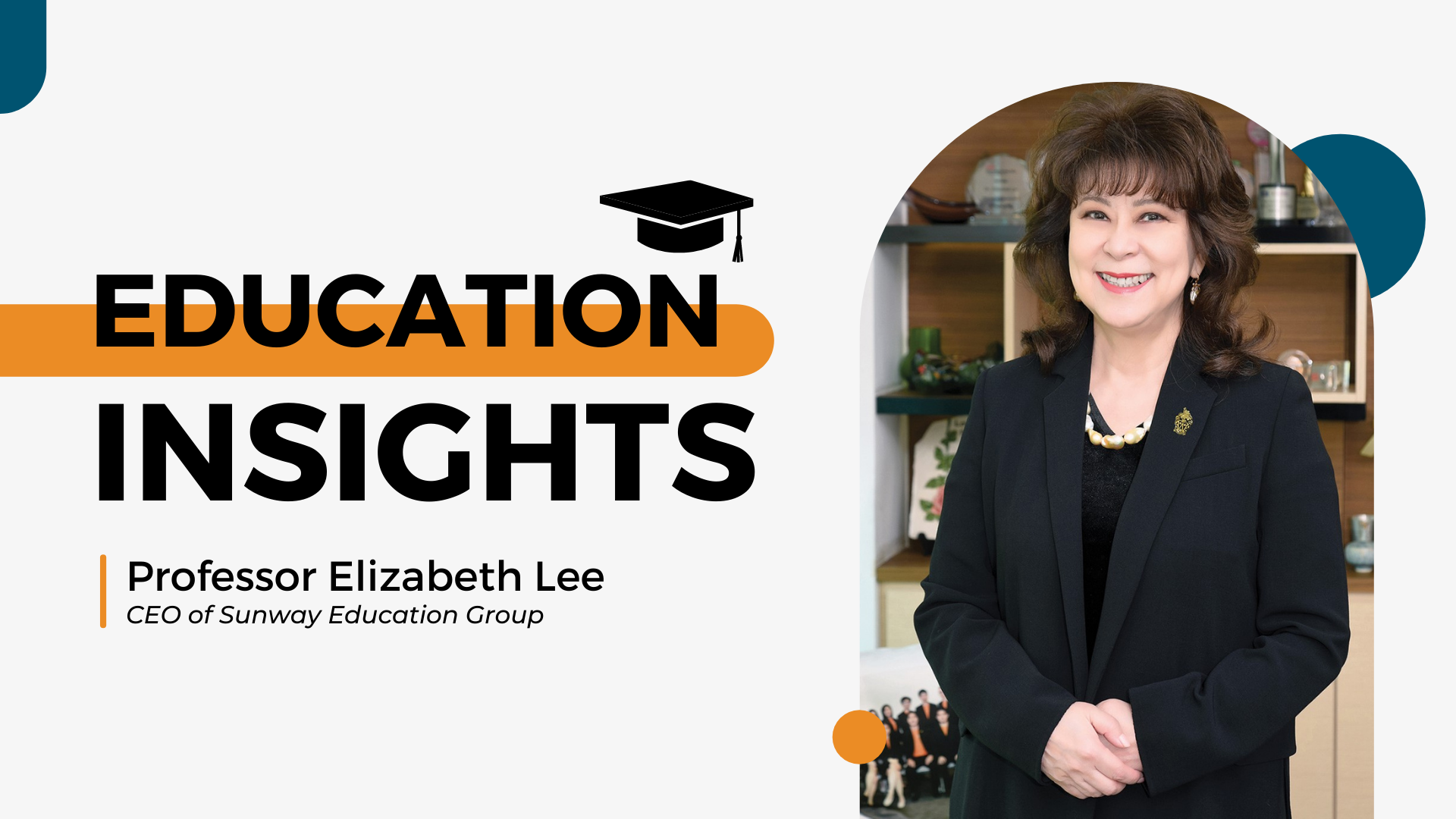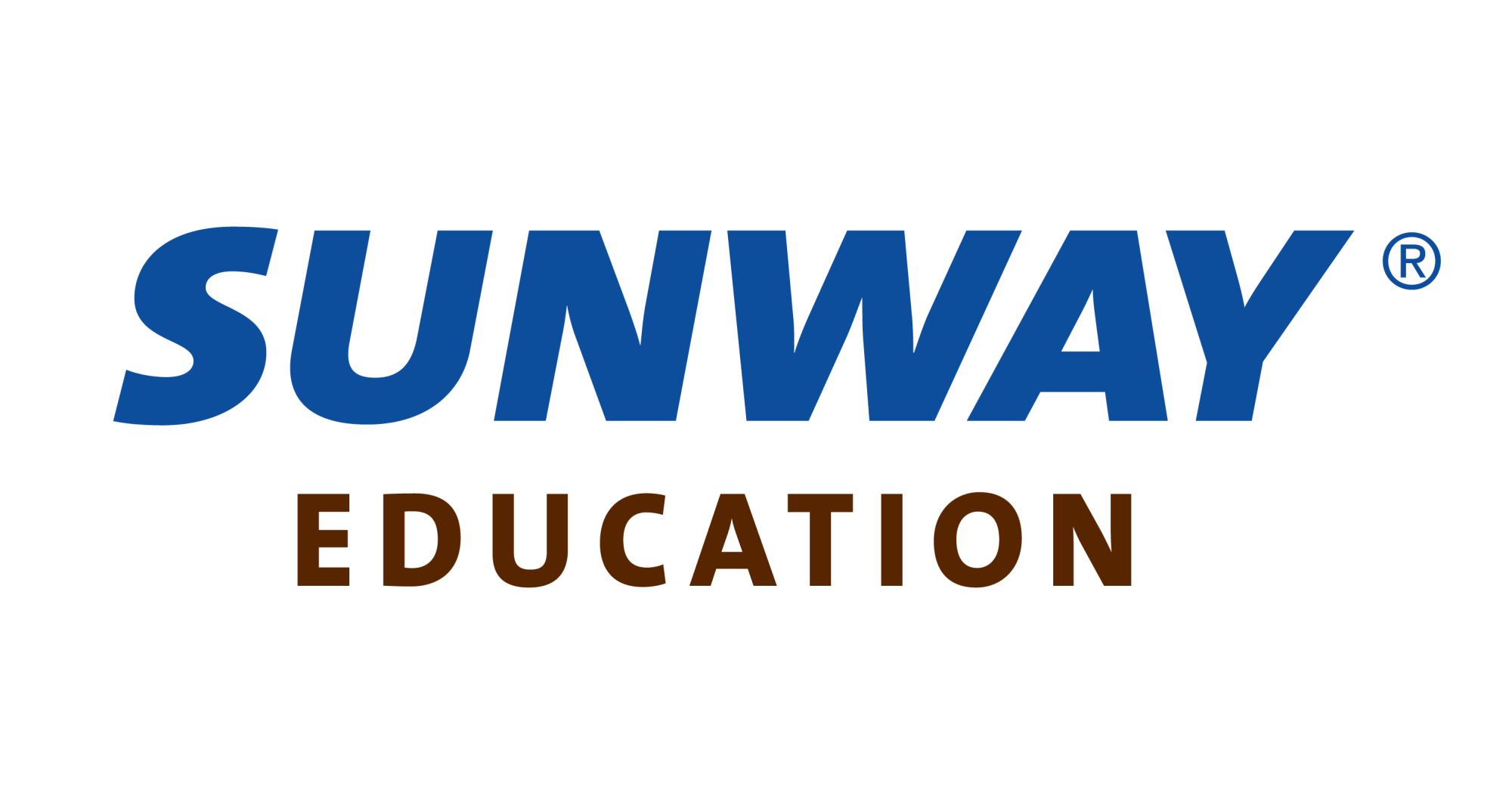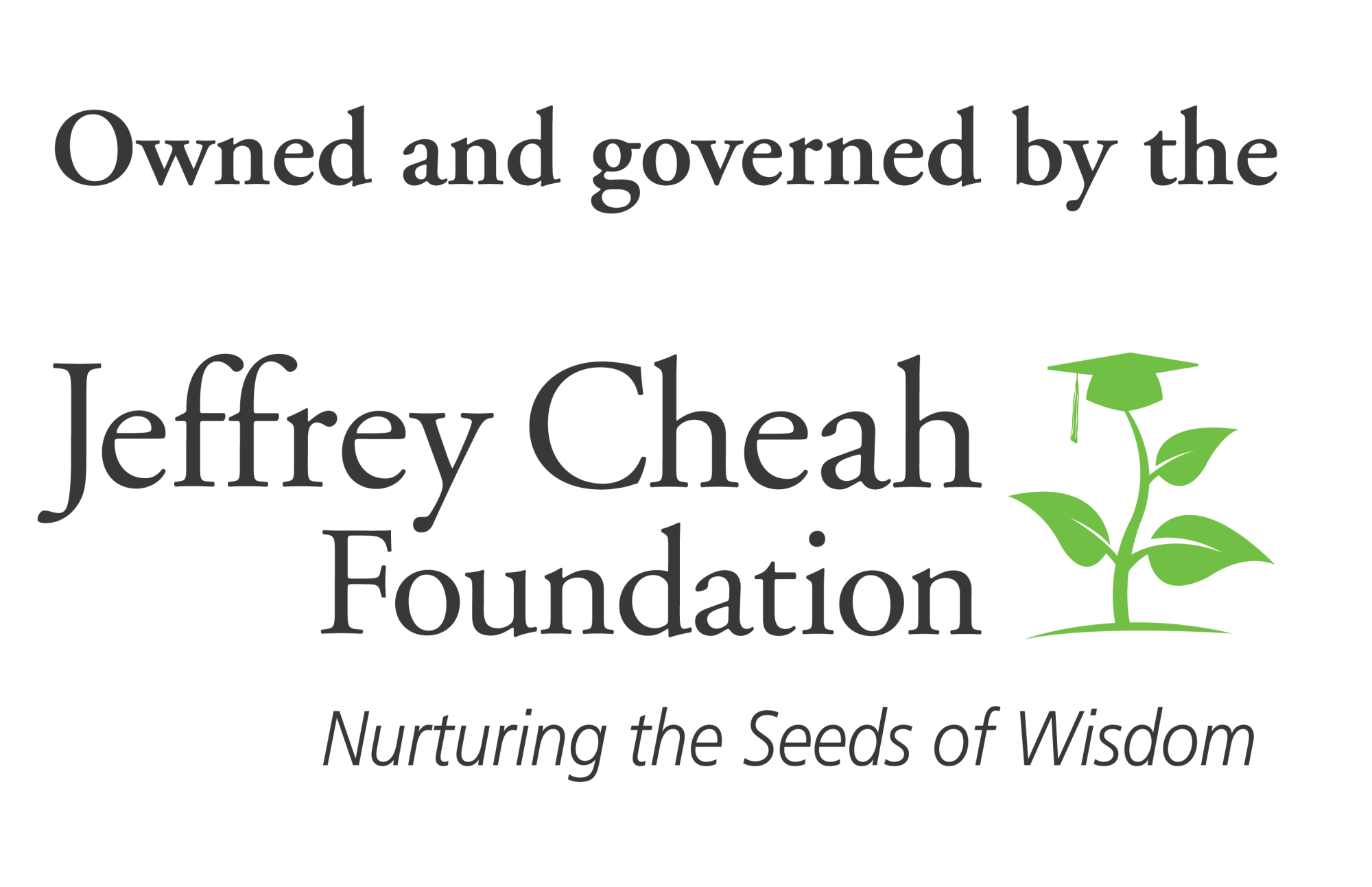Education As An Equaliser in Times of COVID-19

According to the United Nations Sustainable Development Goals (UNSDG) Report 2020, school closures due to COVID-19 kept 90% of all students out of school which consequentially reversed years of education progress throughout the world.
While many education systems turned to alternative delivery modes, with online learning growing in popularity, it is estimated that remote learning remains out of reach for at least half a billion students across the globe. And even when students are able to return to school, only 65% of primary schools have basic handwashing facilities critical for COVID-19 prevention.
The UNSDG Report adds that before COVID-19, progress towards inclusive and equitable quality education was slow with over 200 million children estimated to still be out of school in 2030.
Imagine, what about post-COVID-19? Its overall impact on our children’s education and development is still unfolding.
Staying Focused on Education
While a cause for concern, we must nevertheless remember that education is an important equalizer, arguably more so in these times of COVID-19. We cannot deny that in some parts of the world inequality still exists. Even though we are moving into IR4.0, it is sad that not everyone has access to basic education, much less technology.
It is worth reflecting on the Universal Declaration of Human Rights (1948) (UDHR) and Convention against Discrimination in Education (1960) which state that obtaining education is an inalienable right and that higher education should be equally accessible to all on the basis of merit and individual capacity. Likewise, Goal 4 of the UNSDGs aims to ensure inclusive and equitable quality education and promote lifelong learning opportunities
for all. In the 73 years between the UDHR and UNSDG, the call to education empowerment remains strong and consistent – and rightly so.
Education institutions are safe grounds where equity should be promoted, inclusivity fostered, and diversity celebrated. These are the communities where children can learn and should learn to value differences and be nurtured into future generations of global citizens who will be caretakers of our world. This is where they can make mistakes and grow from it. This is where solutions to post-COVID-19 and UNSDG challenges are debated, ideated and innovated.
As such, all education stakeholders, from governments to the private sector, local communities and schools themselves, must continue to provide hope and put in effort to ensure that no child is left behind
Uplifting Communities
With COVID-19 changing the traditional classroom setting into a digital one, some students can afford computers or gadgets, but many from low-income families cannot. Some countries are addressing this by deploying traditional means such as by airing educational programmes on special television channels.
This ‘learn from home’ phenomenon encourages the parents too, to sit down and be part of their children’s learning journey. In some communities, children gather at a friend’s house or community centre to learn together (a ‘learning bubble’). Young children do need the support from their parents and older siblings, even those who have access to digital gadgets.
We must look to improve such access to the B40 group in order to bridge the learning gap. A survey done by the Education Ministry have found that 36% of students do not have access devices. From my personal conversations with those in blue-collar jobs, some with children in primary school, many share their gadgets, usually mobile phones with their children for lessons. And when
they have to go to work, their children’s learning is disrupted due to the sharing of gadgets.
Time and time again, research has shown that education increases not only a child’s future career and earning prospects, but also that of his or her family. Thus, education must continue in order to uplift communities.
Young children cannot be left idle and in the eventual post-COVID world, we need to embed our learners with the lifelong culture of learning, unlearning and relearning.
We must also prepare our children for the future workforce. The World Economic Forum once reported, “65% of children entering primary school today will ultimately work in new jobs that don’t currently exist”. Just a year ago, ‘face mask designer’ was unheard of. Who knows? The future might see ‘vaccine selection advisors’, ‘climate change real estate negotiators’ and more.
Empowering Educators
Due to the pandemic, educators had to move from face-to-face classes to fully online lessons, some literally overnight. While a steep learning curve for the non-tech-savvy, many now communicate with their students via phone, email and video chat apps such as Zoom, Microsoft Teams and Google Meets.
From teaching a room 20-30 students, educators now must contend to talking to a screen or camera. Without being able to see students’ reaction or whether they are paying attention to the lesson or not, educators must be creative and innovative in their teaching, in order to retain students’ attention online.
Therefore, it is important for educators to constantly improve themselves by continuously learning, researching and innovating, so that they can teach
those in their care useful textbook knowledge alongside lessons for life out of school through experiential learning. Likewise, school administrators play a vital role in supporting and equipping educators with the necessary upskilling opportunities.
Educators have always been a source of inspiration for their students and now even more so. Not only do we expect them to educate, but they wear multiple hats including subject-matter expert, mental health counsellor, career advisor, and more. We must therefore support our educators wholeheartedly.
Conclusion
With the roll-out of vaccines currently ongoing globally, we pray that it is just a matter of time before we will be able to return to some sense of normalcy in our day-to-day lives, and especially those of our students.
We must remember that education is a long-term and lifelong endeavour. Despite the setbacks in the last year or so, it is the long-term benefits that we have to keep our eyes on. The journey has always been about developing forward thinking, innovative, dynamic and values-driven global citizens who can thrive and succeed in the fluid and fast changing world of the 21st century.
As long as we have our hearts set in the right place (and the right gadgets at hand), we can ensure that education fulfils its role as equalizer for all our students.
by Professor Elizabeth Lee, CEO of Sunway Education Group
Professor Elizabeth Lee
Professor Elizabeth Lee is the Chief Executive Officer of the Sunway Education Group. A veteran in the field of private higher education, Elizabeth is also an advocate for women in leadership. She has been recognised both locally and internationally for her contributions in the field of education.
A version of this article was published in the Sunday Star, 28 March 2021
Article available on RISE issue 2


